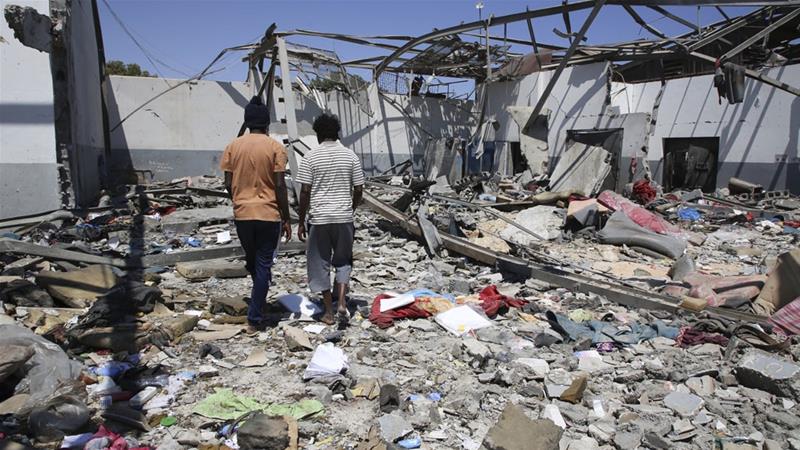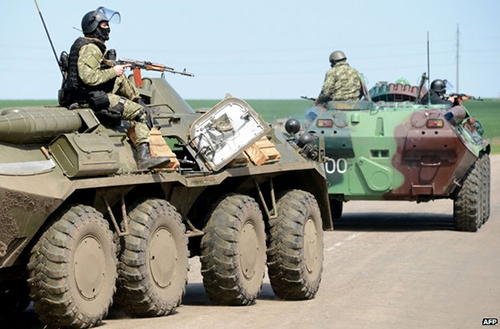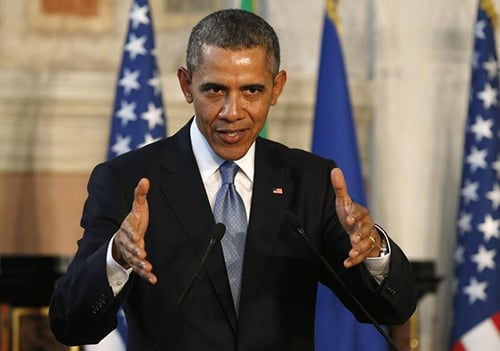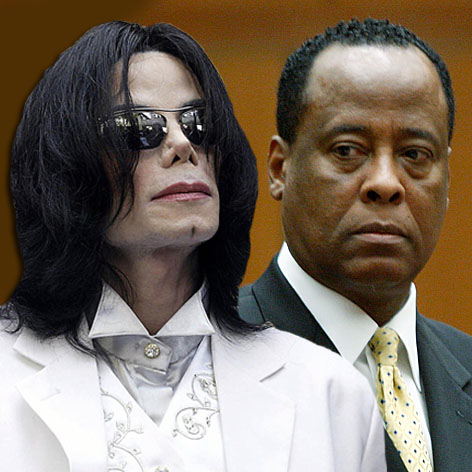File photo: A destroyed building in Libya
The African Union (AU) has thrown its weight behind the roadmap launched by the United Nations (UN) to end the 14-year crisis in Libya.
Hanna Tetteh, special representative of the UN secretary-general and head of the UN Support Mission in Libya (UNSMIL), presented the plan to the UN Security Council on Thursday.
The roadmap is built on three main pillars: creating a credible constitutional and legal framework for elections, forming a unified government with a clear mandate, and holding an inclusive dialogue that involves political actors, civil society, youth, and women.
It is designed to be implemented over 12 to 18 months with sequential milestones aimed at restoring stability and ending the transitional period in Libya.
Advertisement
In a statement on Saturday, Mahmoud Youssouf, AU chairperson, highlighted the importance of coordination between regional, continental, and international actors to ensure the necessary political support to implement the new roadmap.
Youssouf expressed the AU’s commitment to supporting and accompanying Libyans in their quest for lasting peace.
THE PROLONGED LIBYAN CRISIS
Advertisement
The Libyan crisis began in early 2011, largely triggered by the Arab Spring — a series of pro-democracy demonstrations, uprisings, and armed rebellion that spread across much of the region.
Mohamed Bouazizi, a street vendor who set himself on fire to protest police corruption and ill treatment in Tunisia, sparked the Arab Spring in December 2010.
Egypt, Libya, Yemen, Syria, and Bahrain were among the countries engulfed in the crisis.
As the protests intensified, Tunisia’s Zine El Abidine Ben Ali, Egypt’s Hosni Mubarak, Libya’s Muammar Gaddafi, and Yemen’s Ali Abdullah Saleh were overthrown.
Advertisement
In Libya, the uprising led to a full-scale war between Gaddafi loyalists and rebel groups.
International military intervention, including NATO airstrikes, followed in March 2011 to “protect civilians”.
The first civil war officially ended with the capture and killing of Gaddafi in October 2011.
However, the crisis did not end there, as the North African country descended into further factional violence and a second civil war started in 2014, continuing until a ceasefire agreement in October 2020.
Advertisement
Political instability and clashes have persisted since then, with rival governments still controlling different parts of Libya.
Advertisement





